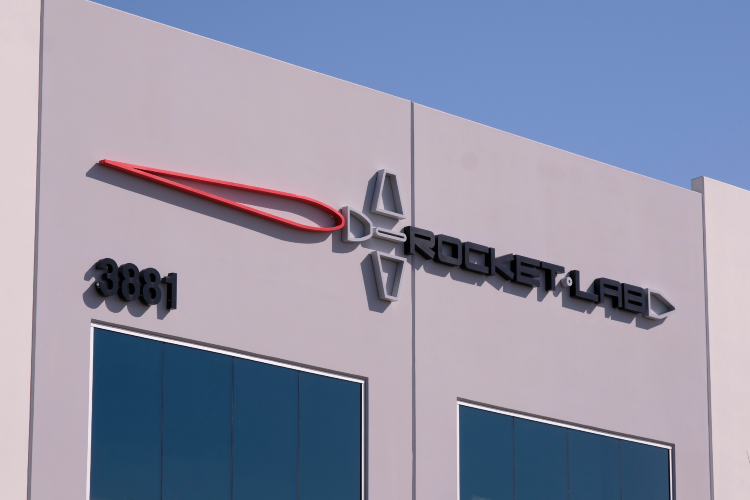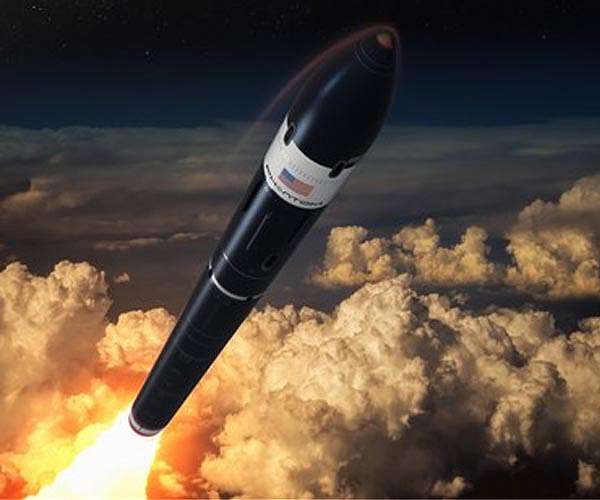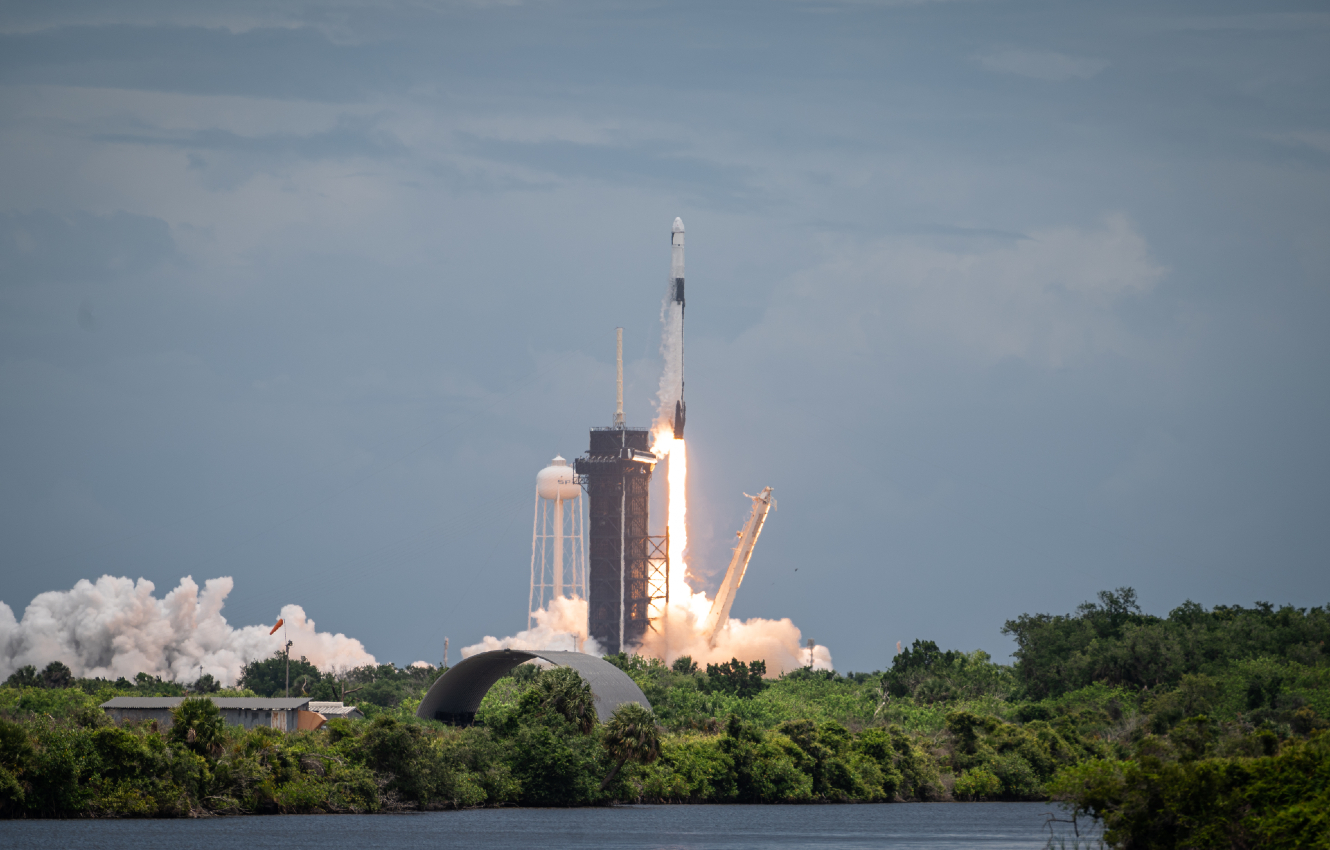Democrats are introducing a bill to abolish the Space Force established by former President Donald Trump as a new branch of the military to defend American national security in the expanding world that is increasingly using satellite technology for business, communications,...

www.newsmax.com
Democrats are introducing a bill to abolish the Space Force established by former President Donald Trump as a new branch of the military to defend American national security in the expanding world that is increasingly using satellite technology for business, communications, and defense.
As Congress moves to pass the National Defense Authorization Act (NDAA), the annual bill that authorizes funding for the Pentagon, Rep. Jared Huffman, D-Calif., introduced the "
No Militarization of Space Act," co-signed by Reps. Mark Pocan, D-Wis., Jesús García, D-Ill., Rashida Tlaib, D-Mich., and Maxine Waters, D-Calif.


















